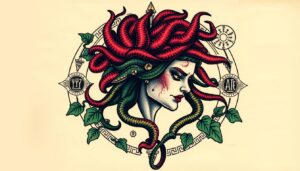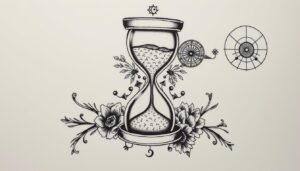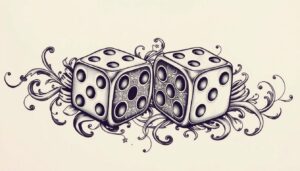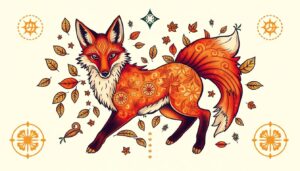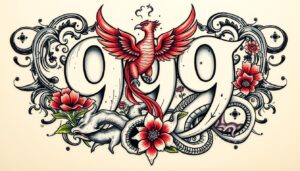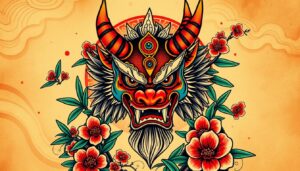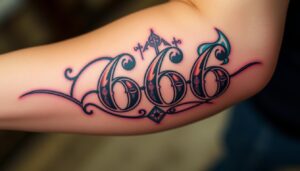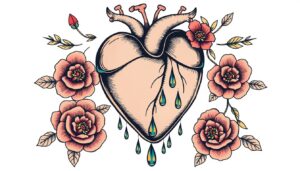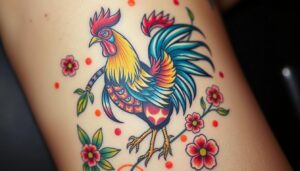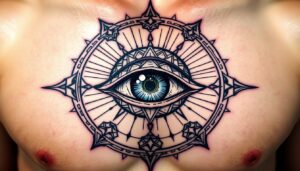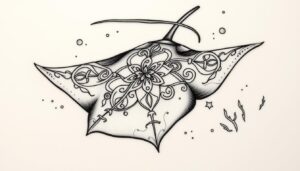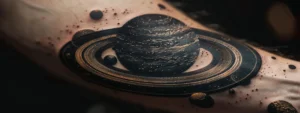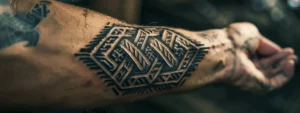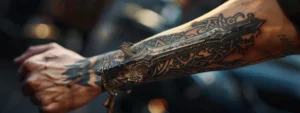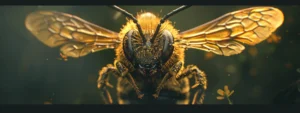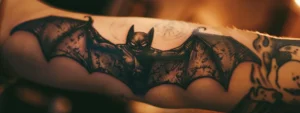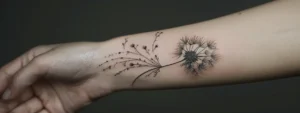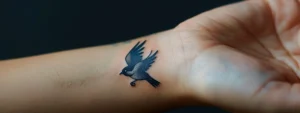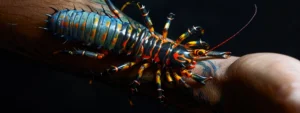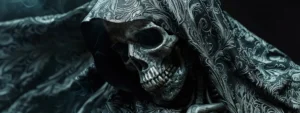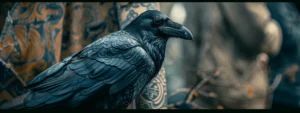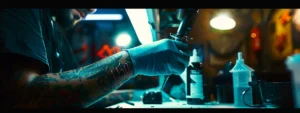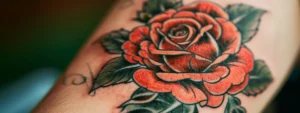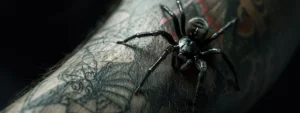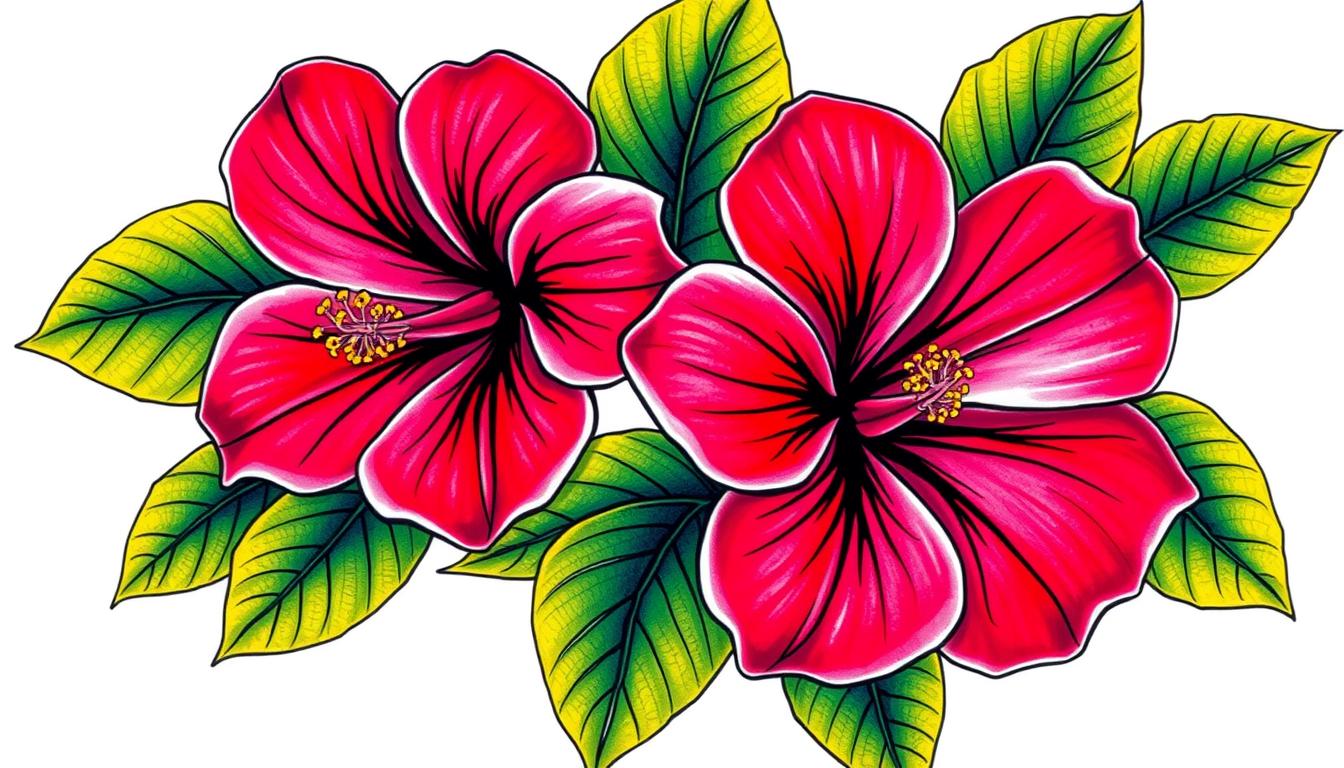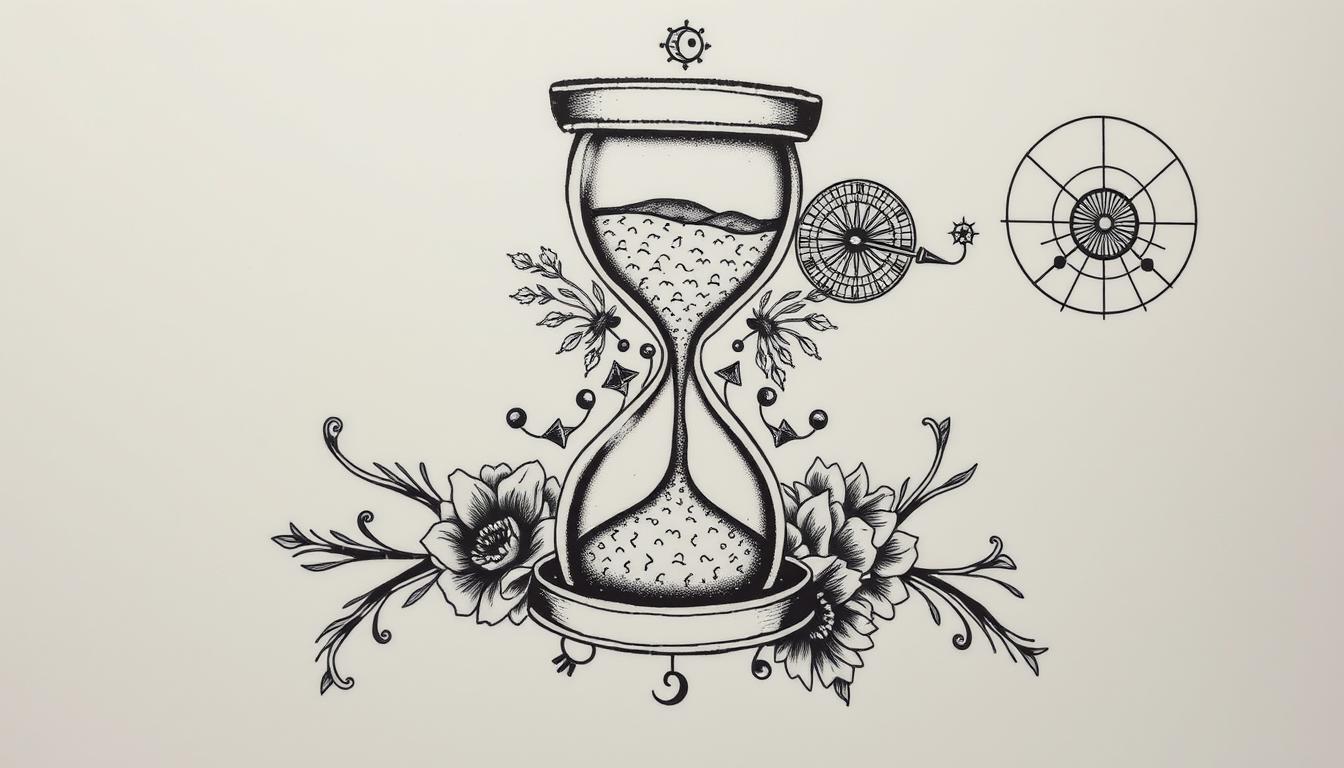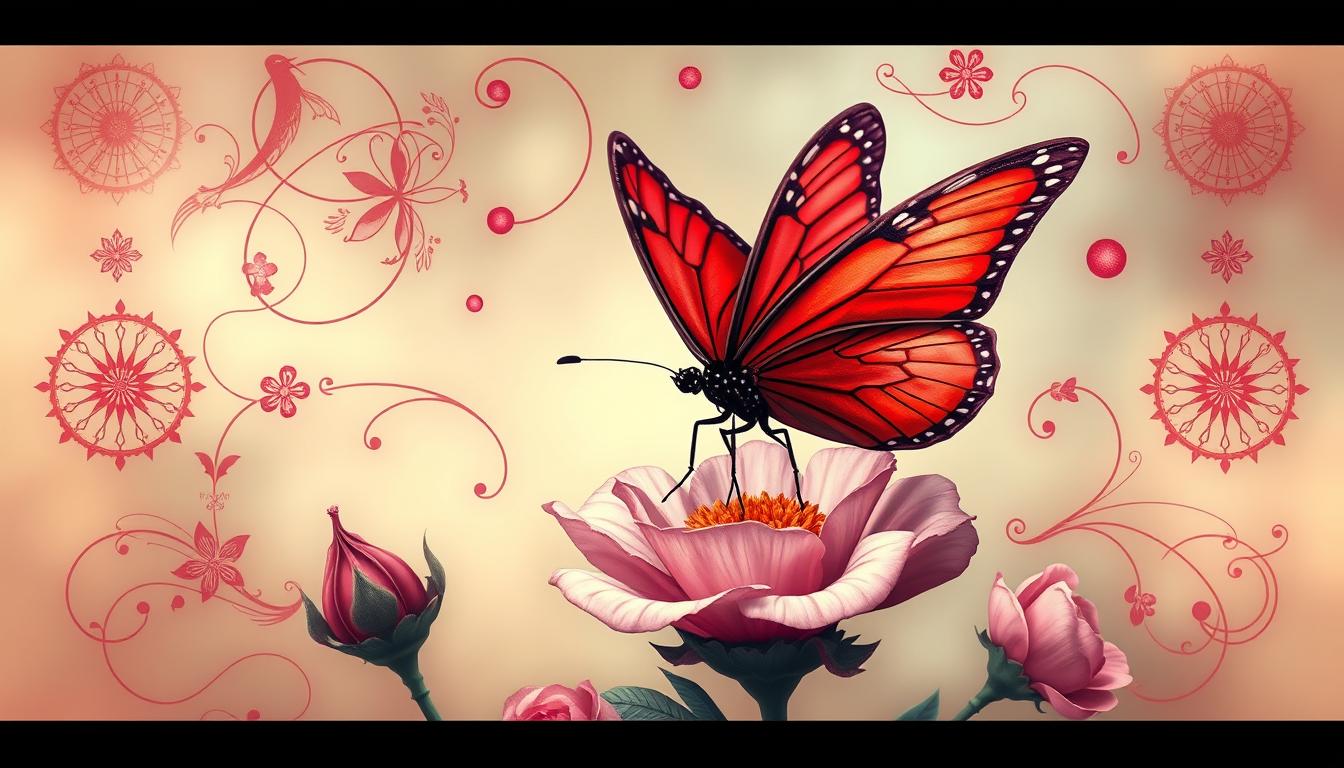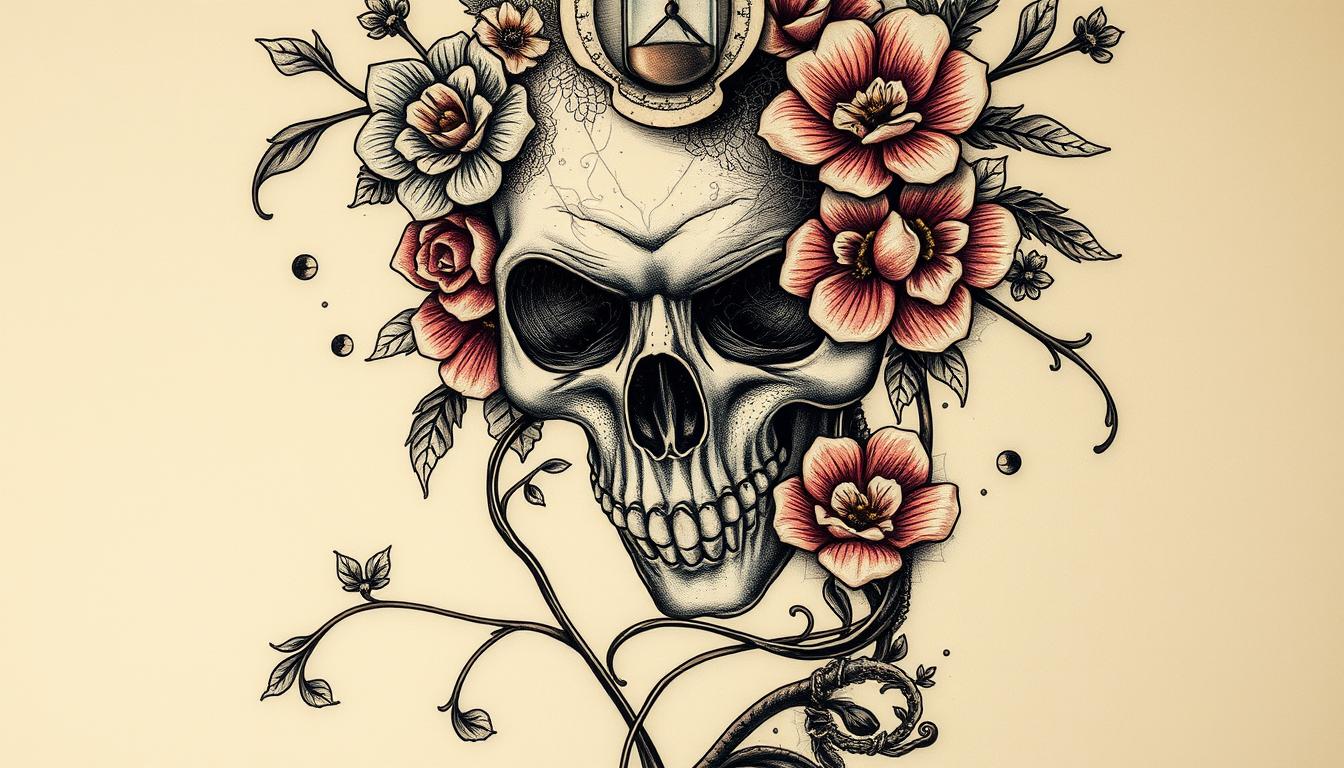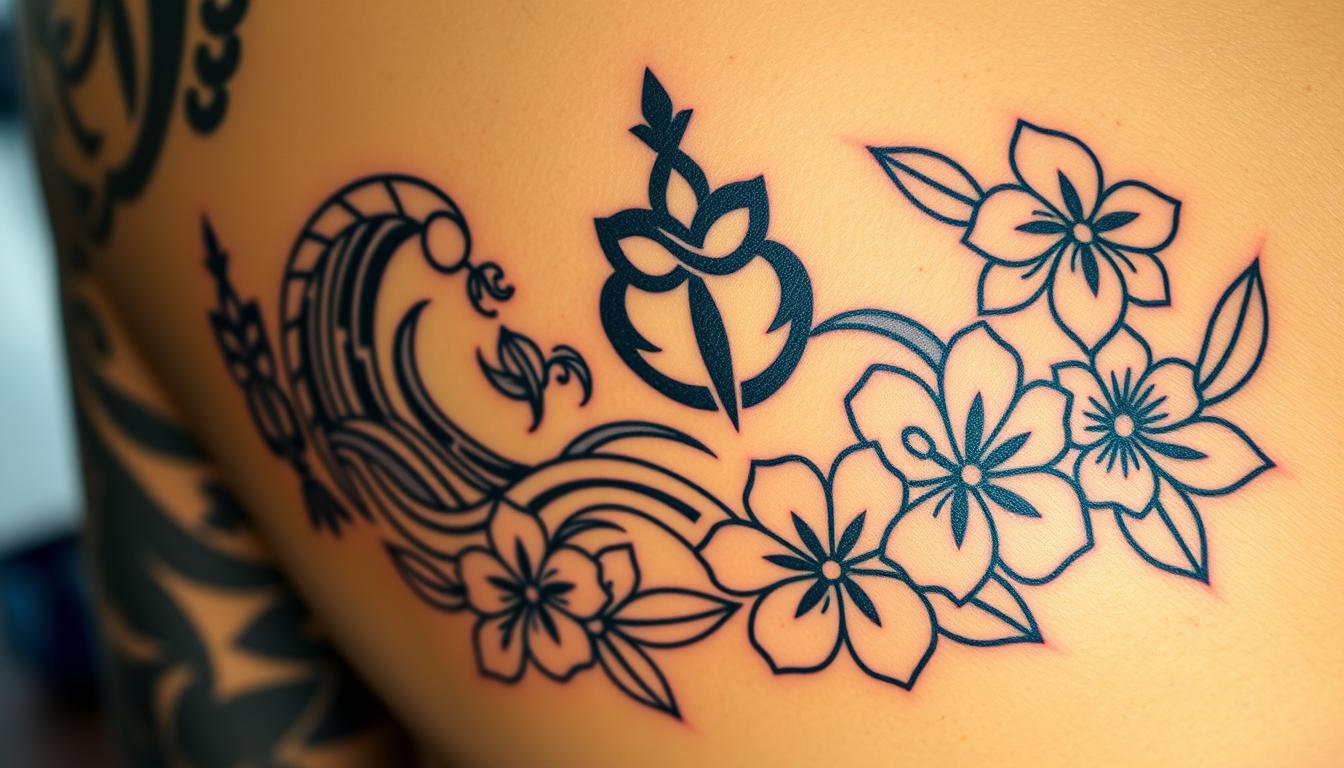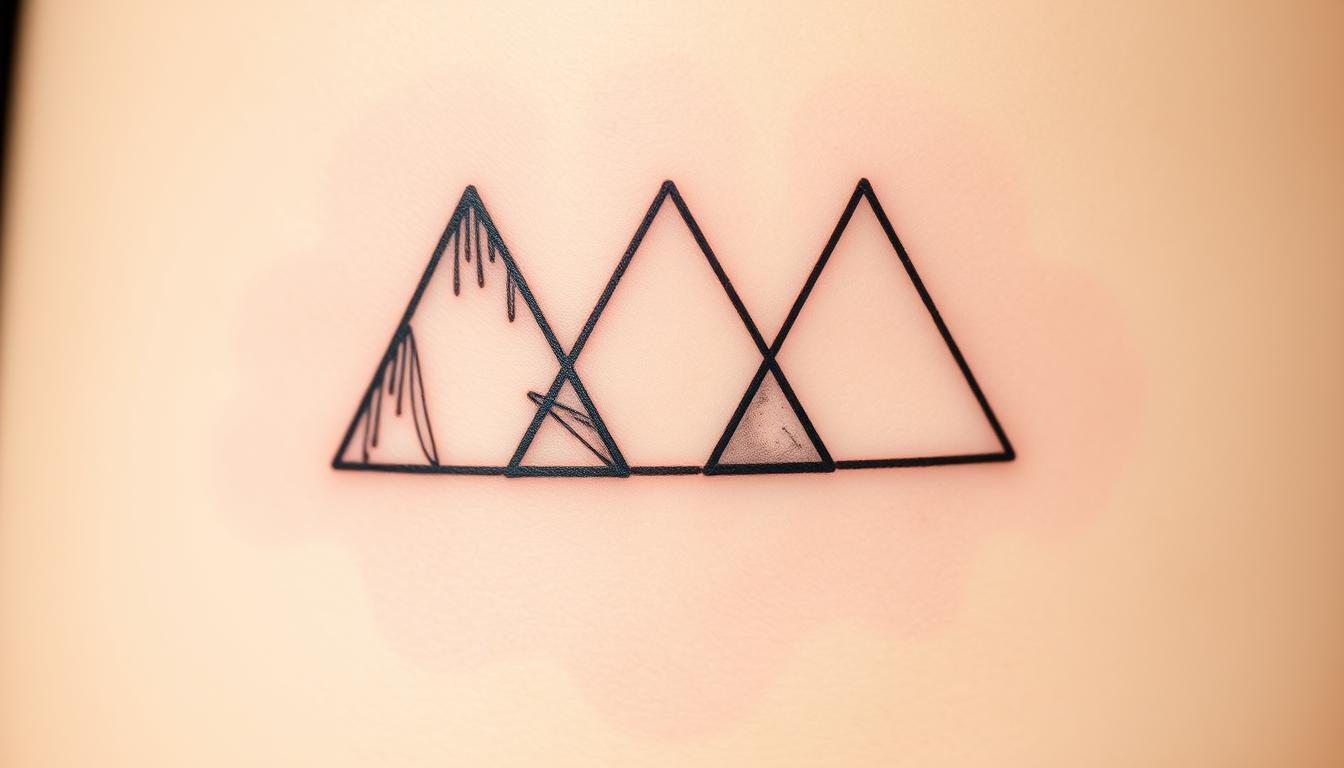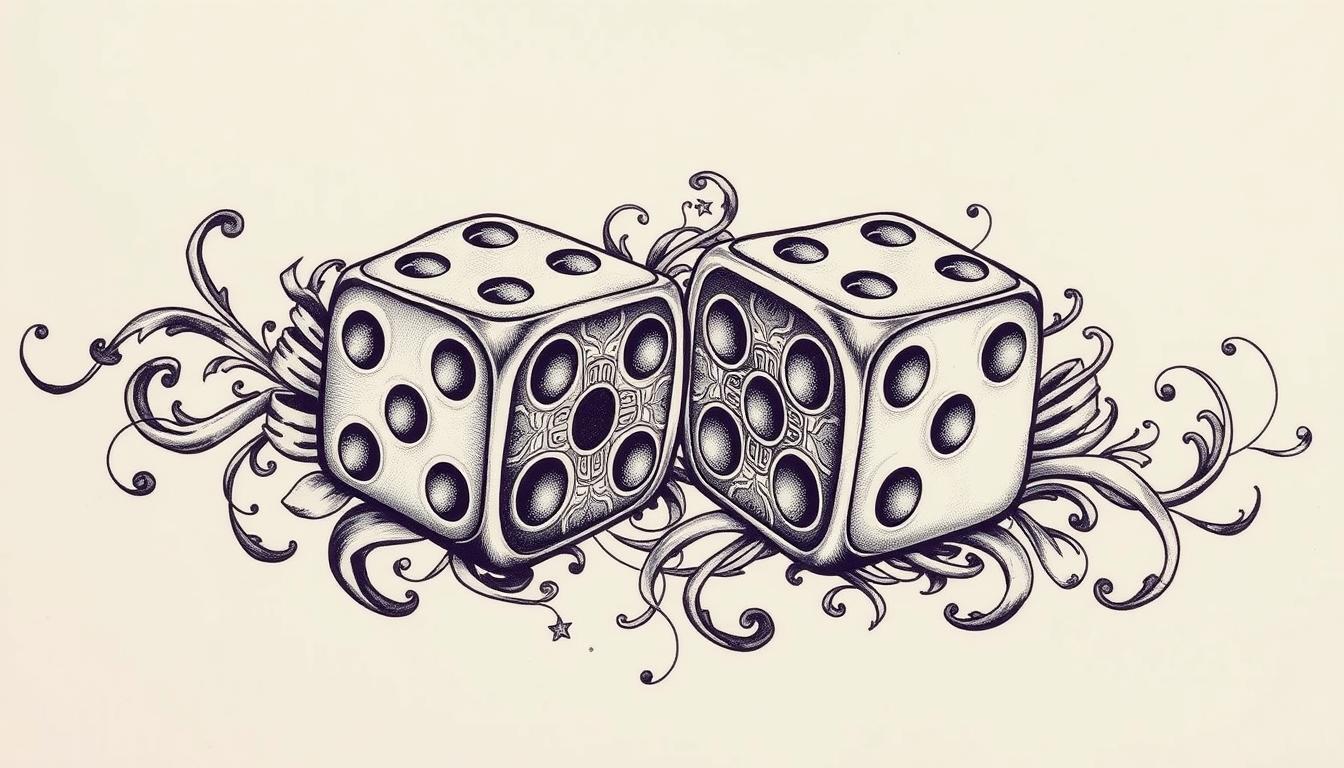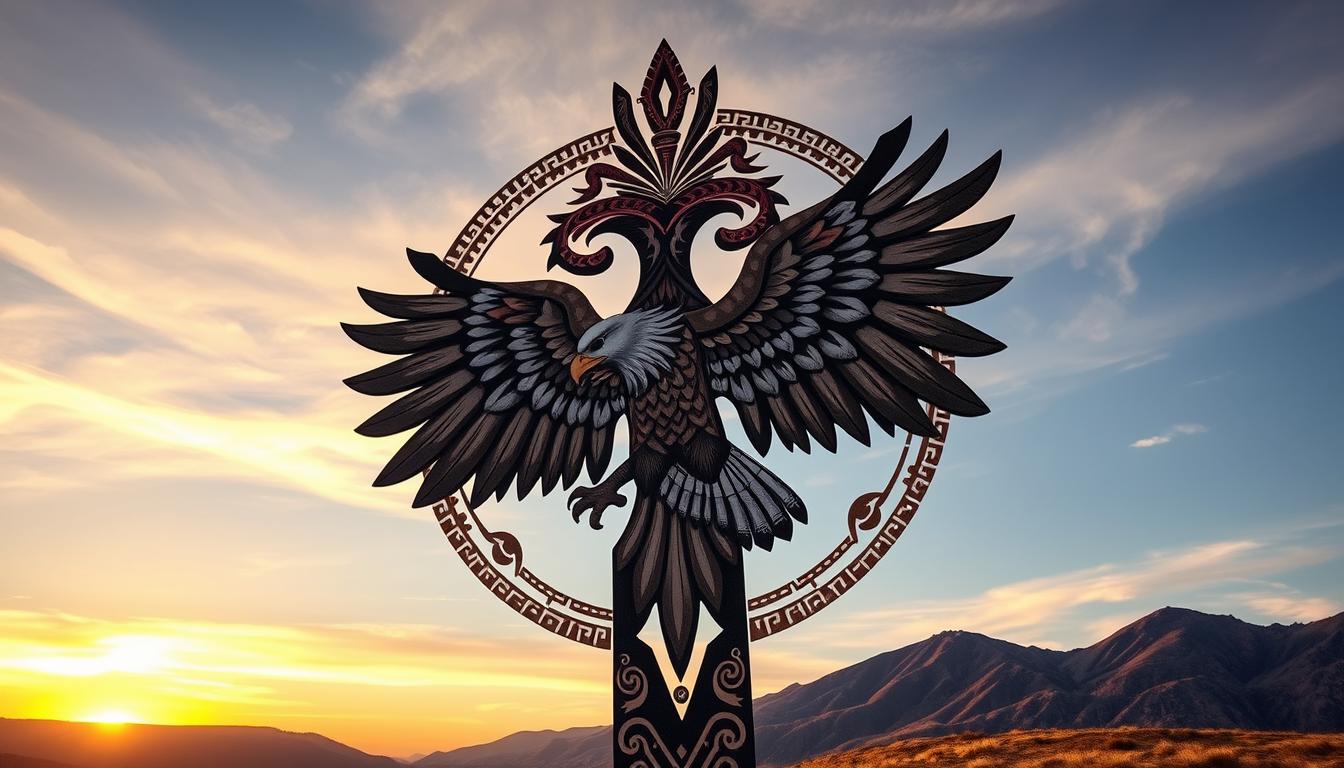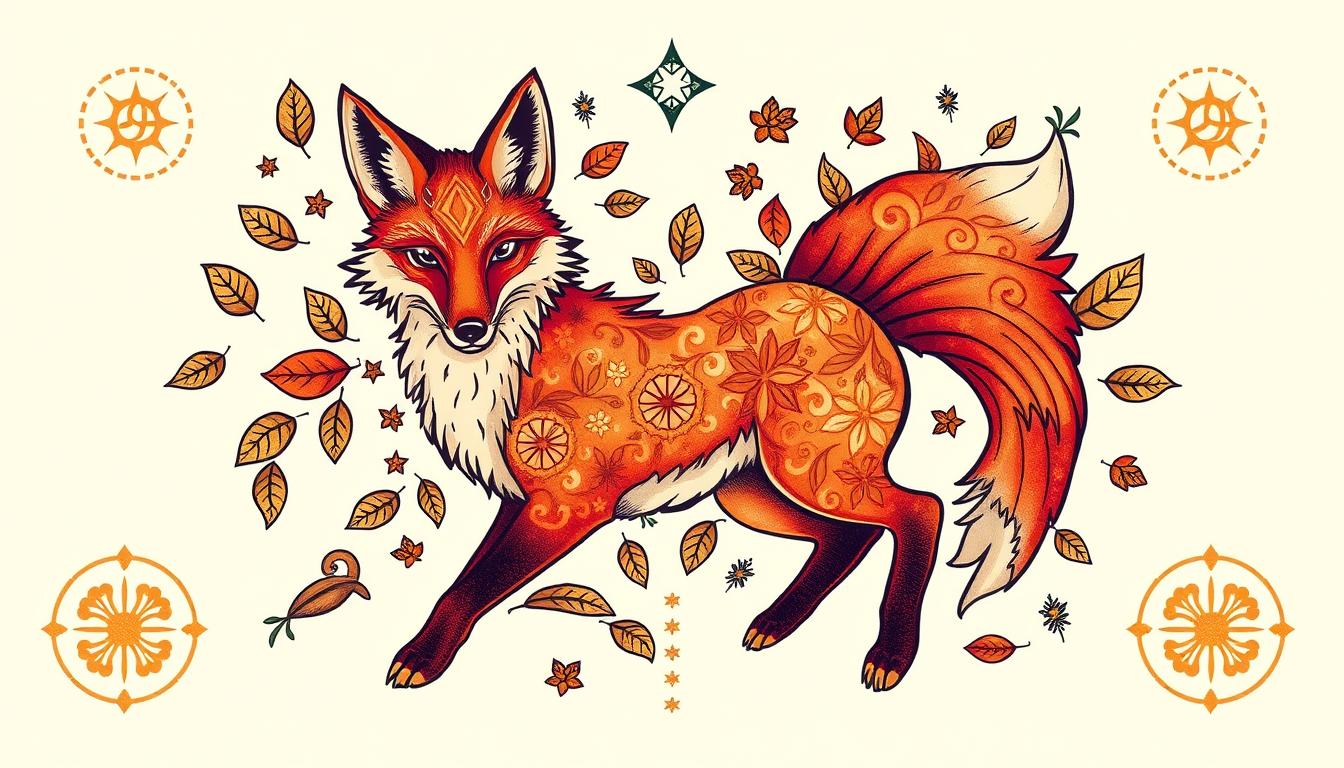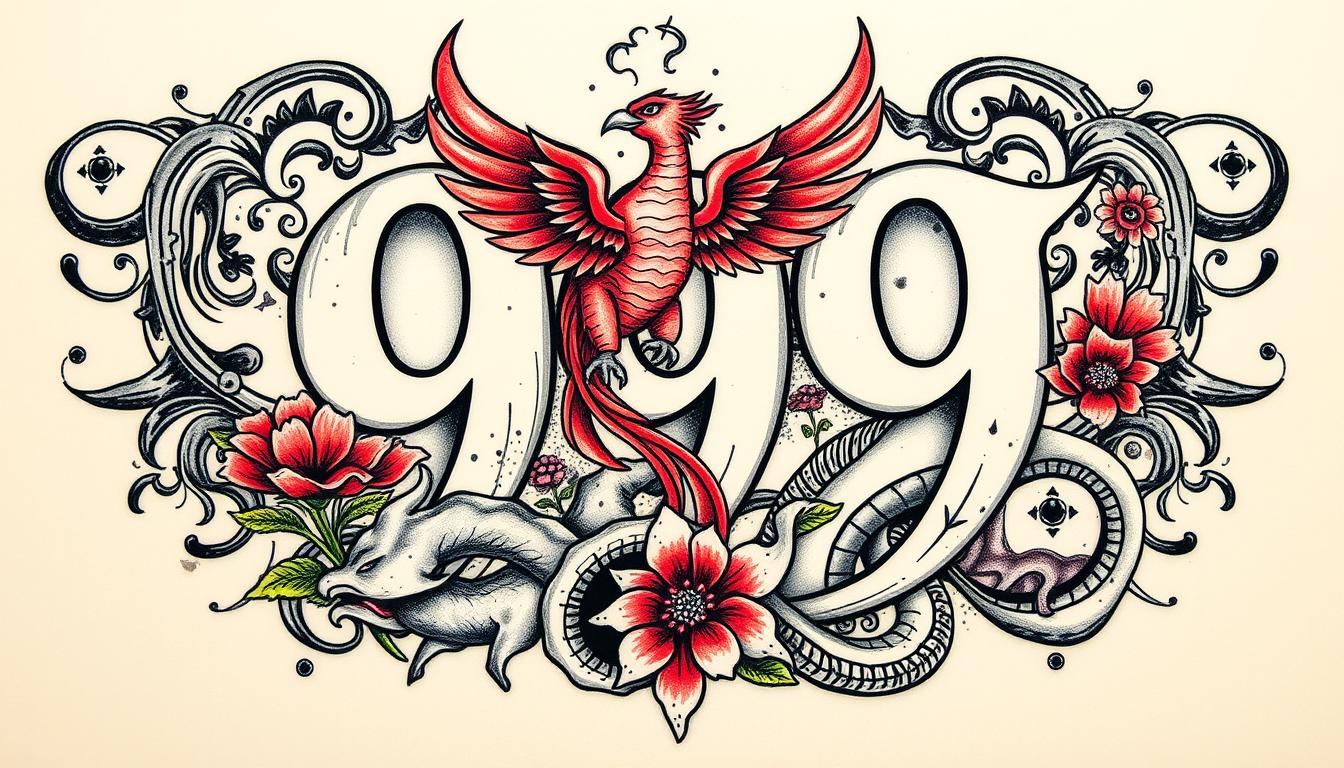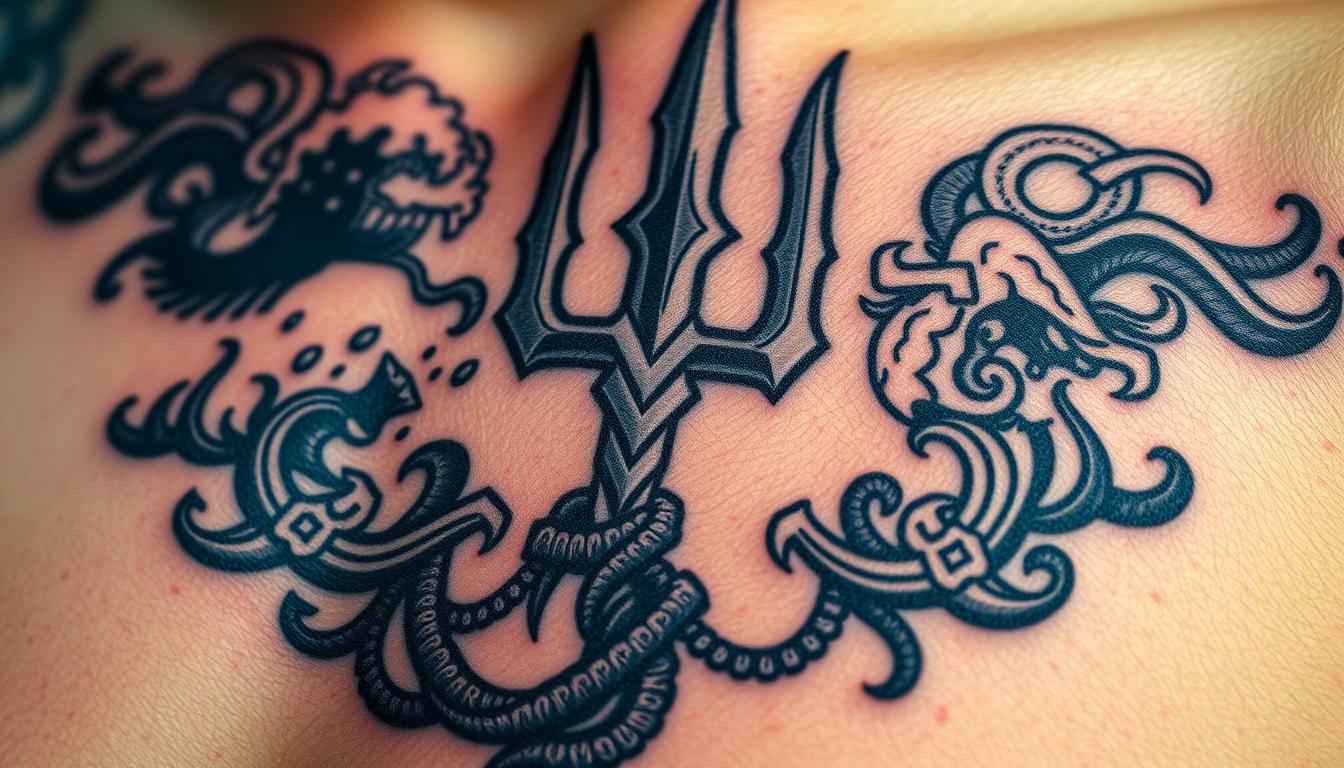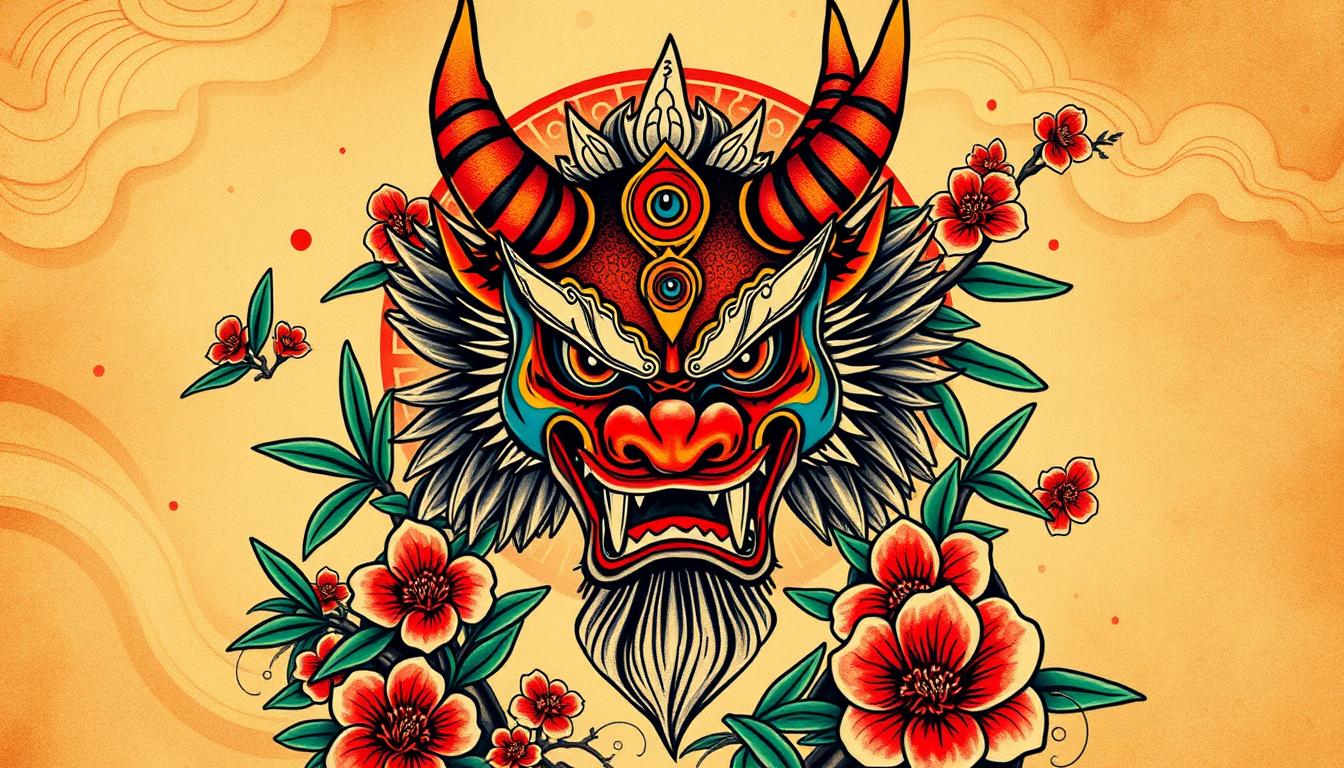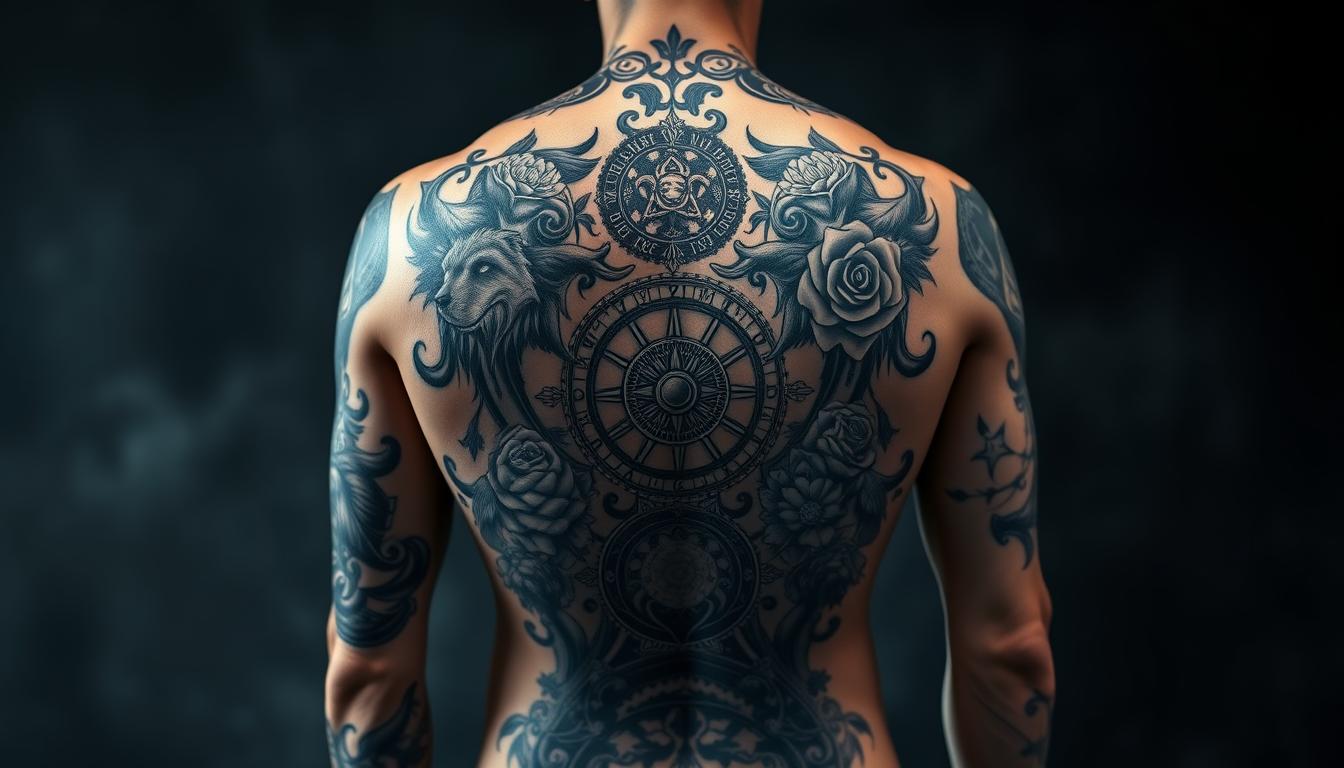Grim Reaper tattoos have long fascinated those drawn to powerful symbols of mortality and transformation. This article delves into the rich symbolism behind these intriguing designs, exploring their origins, meanings, and customization options. We’ll uncover the various elements that make up a Grim Reaper tattoo, from the iconic skull to the flowing robes, and discuss how these can be incorporated into a striking sleeve tattoo. Whether you’re considering your first tattoo or adding to your collection, this guide will help you understand the art and soul behind Grim Reaper designs, empowering you to create a meaningful and visually impactful piece.
Key Takeaways
- Grim Reaper tattoos symbolize mortality, personal transformation, and protection rather than inherent negativity
- The design’s origins trace back to various cultural personifications of death throughout history
- Customization through personal elements, style choices, and color selection enhances the tattoo’s meaning
- Placement factors include pain tolerance, visibility, size, detail, and potential professional impact
- Cultural sensitivity and personal reflection are crucial when choosing a Grim Reaper tattoo design
Tracing the Origins of the Grim Reaper Symbol

The origins of the Grim Reaper symbol trace back through various cultures’ personifications of death. This enduring image has transformed over time, playing a significant role in art and literature. Understanding these roots provides insight into the grim reaper tattoo meaning, influencing the design, color, and narrative of these popular tattoos.
How Different Cultures Personify Death
Different cultures have developed unique representations of death, often embodied in symbolic figures. Ancient Egyptians depicted Anubis, the jackal-headed god, as the guardian of the dead, while Greek mythology introduced Thanatos, the winged personification of death. These cultural interpretations have influenced modern tattoo designs, with many incorporating elements from various traditions into their arm or shoulder ink. The symbol of death, whether portrayed as a skeletal figure or a cloaked entity, remains a powerful and enduring image across cultures:
- Ancient Egypt: Anubis, jackal-headed god
- Greek mythology: Thanatos, winged personification
- Medieval Europe: Hooded skeleton with scythe
- Aztec culture: Mictlantecuhtli, god of the underworld
- Hindu tradition: Yama, god of death and justice
The Transformation of the Grim Reaper Through History
The Grim Reaper’s image evolved significantly through history, reflecting changing societal attitudes towards death. Medieval European depictions often portrayed a skeletal figure wielding a scythe, symbolizing the harvest of souls. As tattoo artistry advanced, these representations became more intricate, incorporating elements like hourglasses to signify the passage of time. Modern tattoo artists now employ sophisticated shading techniques to create stunning, three-dimensional Grim Reaper designs that blend aesthetics with symbolism, appealing to those seeking beauty in the macabre.
The Role of the Grim Reaper in Art and Literature
The Grim Reaper has played a significant role in art and literature, serving as a powerful symbol of mortality and the human condition. Artists and writers have depicted this figure on various mediums, from canvas to skin, with tattoo enthusiasts often choosing forearm placements for their Grim Reaper drawings. These representations frequently incorporate additional elements, such as clocks, to emphasize the passage of time and the inevitability of death. The Grim Reaper’s presence in artistic works often challenges viewers to confront their own mortality, inspiring reflection on life’s transient nature and the courage required to face one’s end.
Understanding the Meanings Behind Grim Reaper Tattoos
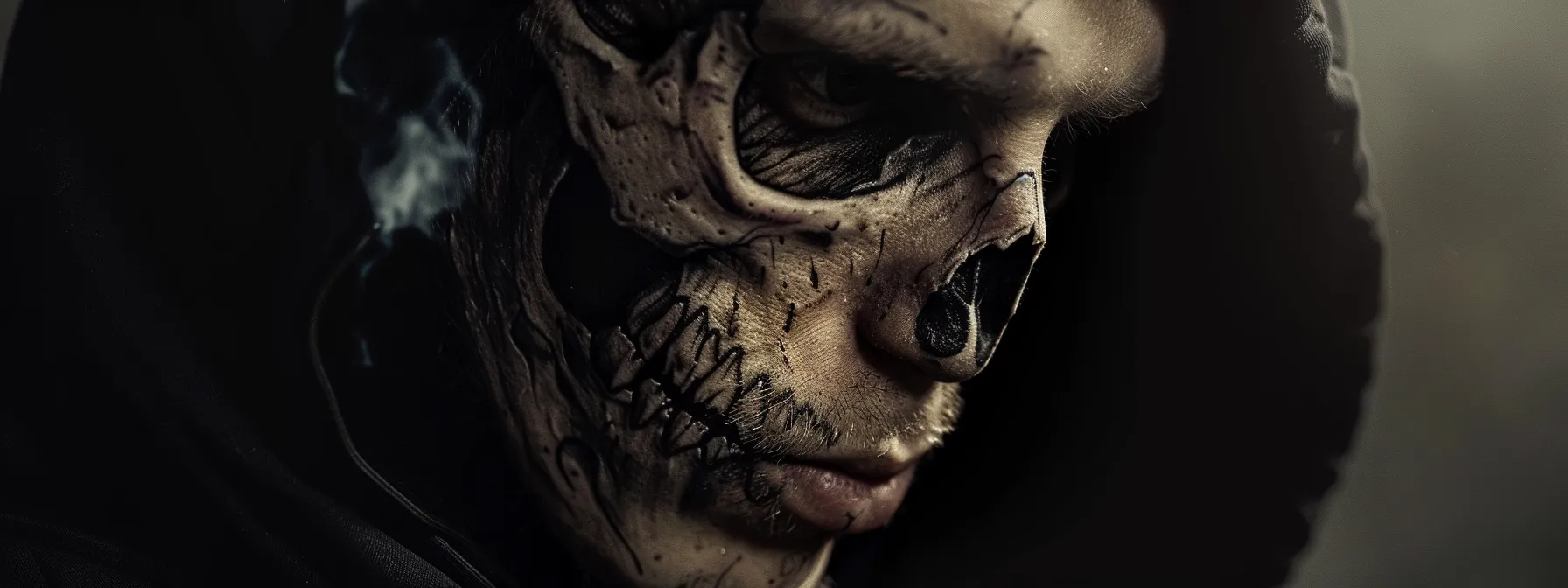
Grim Reaper tattoos hold diverse meanings, from accepting mortality to symbolizing personal transformation. These designs, often featuring a cloaked figure with a scythe, serve as powerful memento mori reminders. Placed on the neck or other visible areas, they can represent protection, guidance, or life’s fragility. Realistic depictions emphasize the tattoo’s significance and impact.
Accepting Mortality and Life’s Fragility
Grim Reaper tattoos often symbolize acceptance of mortality and the fragility of life. Individuals who choose this design may seek to confront their fear of death or explore their beliefs about the afterlife. By incorporating memento mori elements, these tattoos serve as constant reminders of life’s impermanence, encouraging wearers to live fully and appreciate each moment.
Symbolizing Change and Personal Transformation
Grim Reaper tattoos often symbolize personal transformation and significant life changes. These designs represent the death of an old self or past way of life, marking the beginning of a new chapter. Many individuals choose this tattoo to commemorate overcoming hardships or embracing personal growth. The imagery of the Grim Reaper, with its scythe cutting away the old, embodies the concept of rebirth and renewal:
| Symbolism | Meaning |
|---|---|
| Scythe | Cutting away the old |
| Hooded Figure | Mystery of transformation |
| Skeletal Form | Shedding of past self |
Seeking Protection and Guidance
Some individuals choose Grim Reaper tattoos as symbols of protection and guidance. These designs may represent a belief that death serves as a guardian or guide through life’s challenges. The Grim Reaper’s role as a psychopomp, or conductor of souls, can symbolize a spiritual connection or a desire for guidance in navigating life’s uncertainties. This interpretation of the Grim Reaper as a protector or guide is particularly prevalent in certain spiritual and cultural traditions:
| Aspect | Symbolism |
|---|---|
| Scythe | Clearing obstacles |
| Hooded Figure | Unseen protection |
| Skeletal Hand | Guiding touch |
Decoding Symbolic Elements in Grim Reaper Tattoos
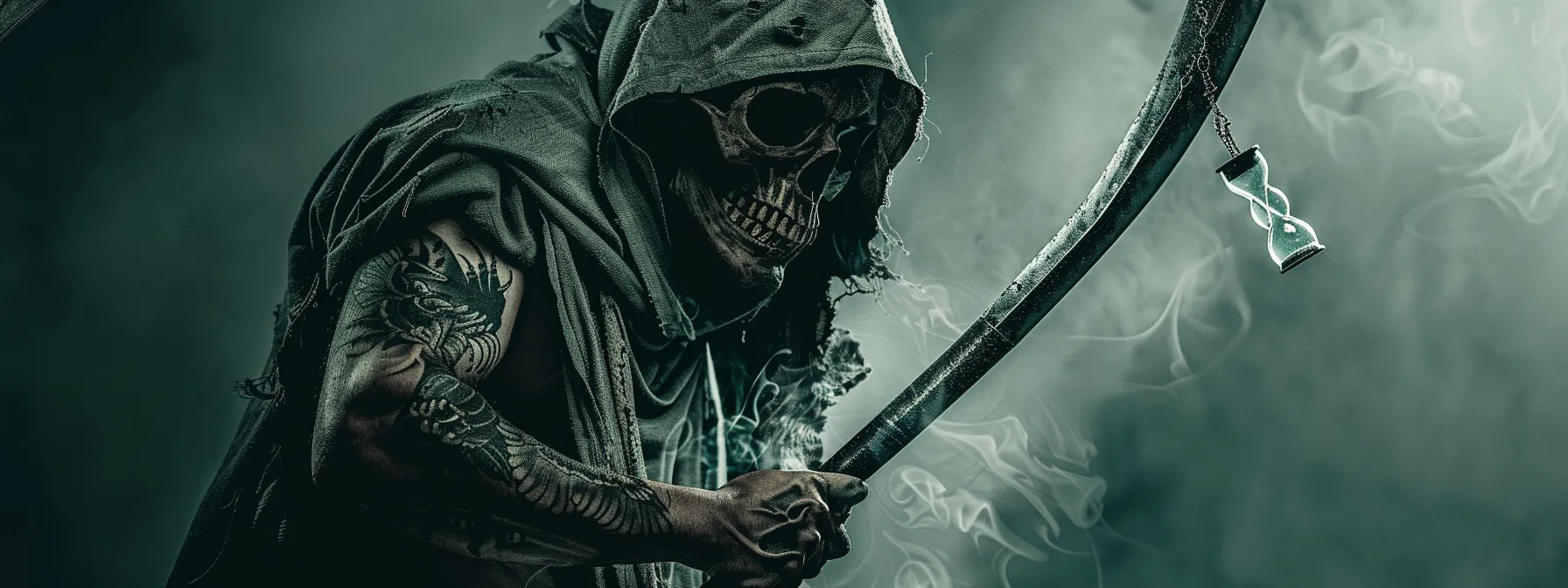
Grim Reaper tattoos incorporate various symbolic elements that convey deep meanings. The scythe represents death’s inevitability, while the cloak and hood symbolize mystery and the unknown. Timepieces like clocks or hourglasses in these designs emphasize the passage of time and mortality. Understanding these symbols enhances appreciation for Grim Reaper tattoo artistry and significance.
The Significance of the Scythe
The scythe in Grim Reaper tattoos symbolizes the harvesting of souls and the inevitability of death. This curved blade represents the finality of life and the equalizing nature of mortality. Tattoo artists often incorporate the scythe as a central element, using shading techniques to create a sense of sharpness and menace. The positioning of the scythe can convey different meanings:
| Scythe Position | Symbolism |
|---|---|
| Raised | Impending doom |
| Lowered | Completed task |
| Resting | Patient waiting |
Hidden Meanings of the Cloak and Hood
The cloak and hood in Grim Reaper tattoos symbolize mystery, anonymity, and the unknown aspects of death. These elements often appear in dark hues, emphasizing the enigmatic nature of mortality. Tattoo artists employ various shading techniques to create depth and texture in the cloak, enhancing the overall sense of foreboding. The hood, typically obscuring the Reaper’s face, represents the uncertainty surrounding death and the afterlife.
The Role of Timepieces Like Clocks or Hourglasses
Timepieces in Grim Reaper tattoos symbolize the passage of time and mortality. Clocks and hourglasses represent life’s finite nature, reminding wearers of their limited time on earth. Tattoo artists often incorporate these elements to enhance the overall message of the design, using intricate details to create visually striking compositions:
| Timepiece | Symbolism |
|---|---|
| Clock | Precise measurement of life |
| Hourglass | Flow of time and life’s fragility |
| Broken timepiece | End of life or time running out |
Customizing Your Grim Reaper Tattoo Design
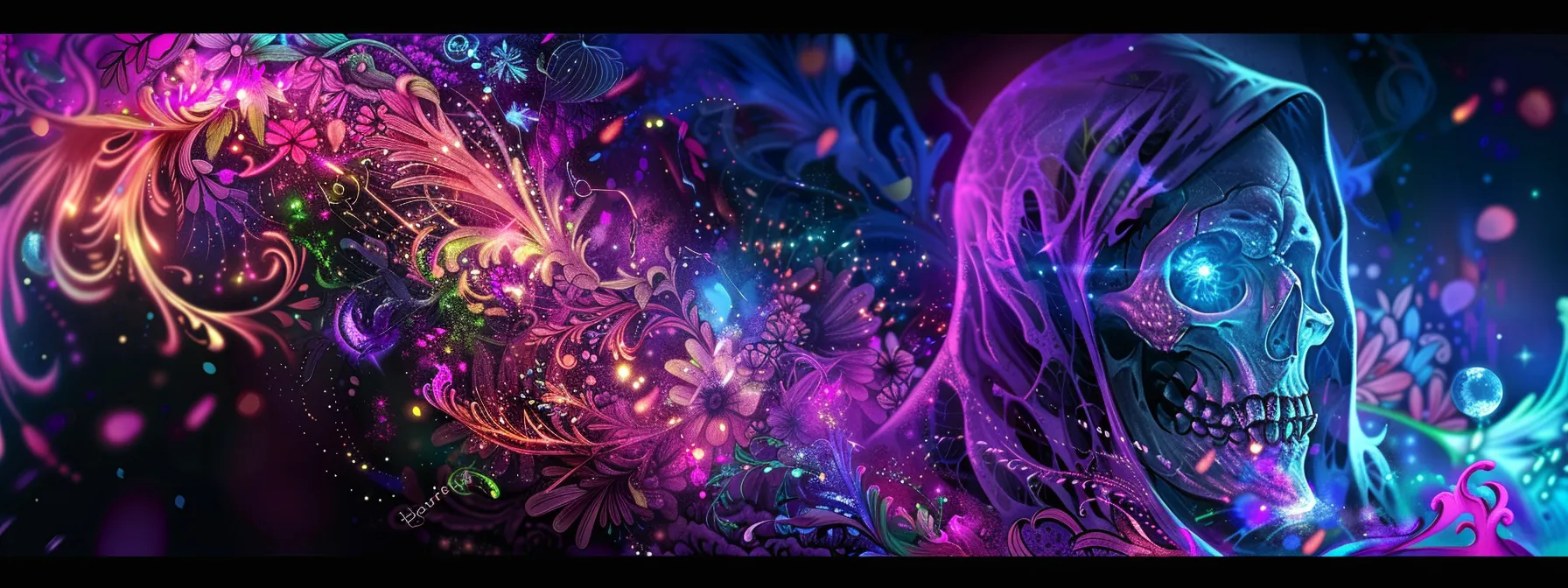
Customizing a Grim Reaper tattoo allows for personal expression within this symbolic design. This section explores integrating personal elements, choosing tattoo styles, and selecting colors to enhance symbolism. These considerations help create a unique and meaningful Grim Reaper tattoo that reflects individual interpretations of mortality and life’s journey.
Integrating Personal Symbols and Elements
Integrating personal symbols and elements into a Grim Reaper tattoo design allows individuals to create a unique and meaningful representation of their relationship with mortality. Tattoo artists can incorporate specific flowers, animals, or objects that hold significance to the wearer, enhancing the overall symbolism of the piece. These personalized elements often reflect important life events, memories, or philosophical beliefs, transforming the traditional Grim Reaper image into a deeply personal statement.
Choosing Between Tattoo Styles
Selecting a tattoo style for a Grim Reaper design significantly influences its visual impact and symbolism. Artists offer various styles, each conveying different aspects of the Reaper’s imagery. Traditional styles feature bold lines and limited color palettes, while realistic approaches capture intricate details. Neo-traditional and illustrative styles blend elements, allowing for creative interpretations. The chosen style affects the tattoo’s overall mood and message:
| Style | Characteristics | Symbolism |
|---|---|---|
| Traditional | Bold outlines, limited colors | Classic representation of death |
| Realistic | Detailed shading, lifelike textures | Tangible presence of mortality |
| Neo-traditional | Blend of traditional and modern elements | Contemporary take on death symbolism |
| Illustrative | Artistic, often stylized depictions | Personalized interpretation of the Reaper |
Selecting Colors to Enhance Symbolism
Color selection plays a crucial role in enhancing the symbolism of Grim Reaper tattoos. Traditional black ink emphasizes the somber nature of death, while shades of gray create depth and dimension. Some artists incorporate subtle color accents to highlight specific elements or convey additional meaning. For instance, red may symbolize life or passion, while blue can represent calmness or the afterlife. The choice of colors significantly impacts the tattoo’s overall message and visual impact:
| Color | Symbolism |
|---|---|
| Black | Death, mystery, finality |
| Gray | Uncertainty, transition |
| Red | Life force, passion |
| Blue | Calmness, afterlife |
Deciding Where to Place Your Grim Reaper Tattoo
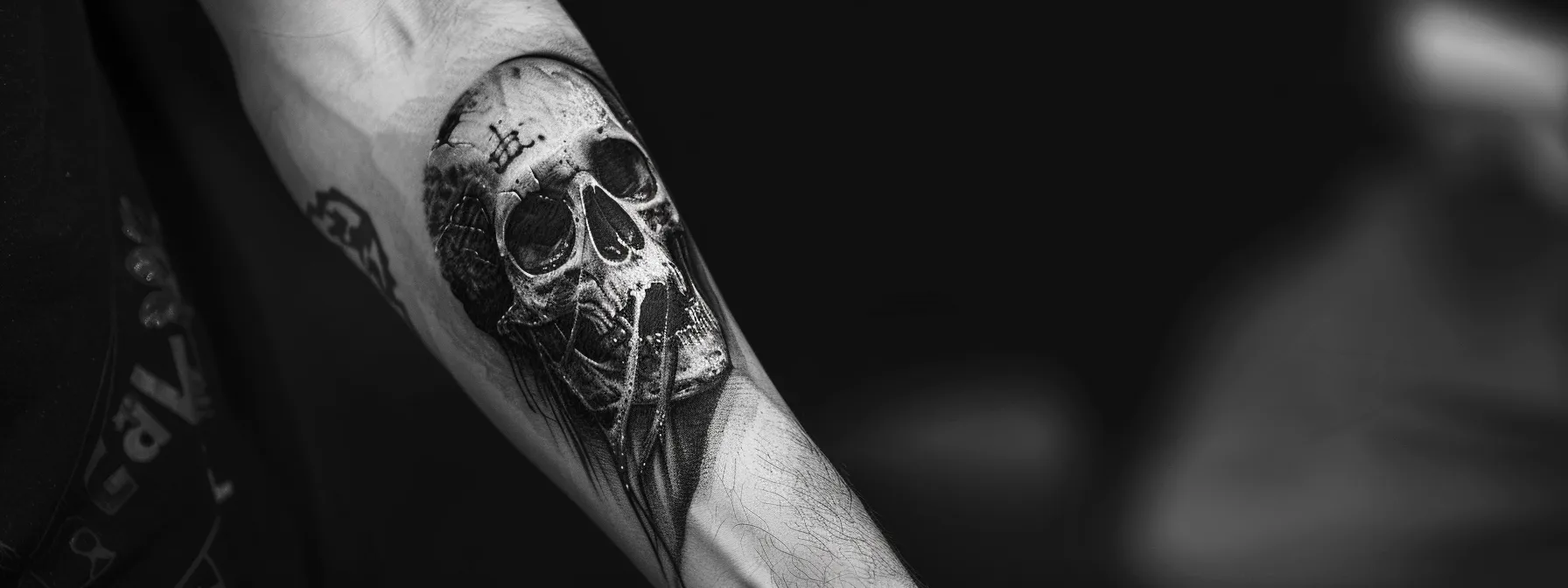
Choosing the right placement for a Grim Reaper tattoo is crucial for its impact and meaning. This section explores key factors to consider, popular locations and their symbolism, and how to balance size, detail, and placement. Understanding these aspects helps create a visually striking and personally significant Grim Reaper tattoo design.
Factors to Consider for Placement
Selecting the ideal placement for a Grim Reaper tattoo involves considering several factors. Pain tolerance, visibility, and personal significance all play crucial roles in this decision. The size and intricacy of the design also influence placement choices, as some areas offer more space for detailed work. Additionally, individuals must consider how the tattoo may affect their professional lives and personal relationships. The following table outlines key factors to consider when choosing a placement for a Grim Reaper tattoo:
| Factor | Consideration |
|---|---|
| Pain Tolerance | Areas with more fat or muscle are less painful |
| Visibility | Easily concealed or prominently displayed |
| Size and Detail | Larger areas allow for more intricate designs |
| Professional Impact | Workplace policies on visible tattoos |
Popular Tattoo Locations and Their Meanings
Popular locations for Grim Reaper tattoos often carry specific meanings and symbolism. The forearm, a common choice, allows for detailed designs and easy visibility, symbolizing a constant reminder of mortality. Back placements offer ample space for elaborate scenes, representing life’s journey and the ever-present nature of death. Chest tattoos, positioned close to the heart, often signify personal transformation or the protection of loved ones. Other popular locations include:
- Shoulder: Strength and resilience in facing mortality
- Thigh: Hidden wisdom or personal reflection on life’s fragility
- Ribcage: Intimate connection with the concept of death
- Neck: Bold statement about embracing life’s finite nature
- Ankle: Subtle reminder of life’s journey and its eventual end
Balancing Size, Detail, and Placement
Balancing size, detail, and placement is crucial when designing a Grim Reaper tattoo. Larger areas like the back or thigh allow for intricate designs with fine details, while smaller placements may require simplification. Artists consider the body’s contours to ensure the tattoo flows naturally and maintains its visual impact. The following factors guide the balance between size, detail, and placement:
- Available skin area
- Desired level of detail
- Body curvature and muscle structure
- Visibility preferences
- Long-term aging considerations
Addressing Myths and Misconceptions
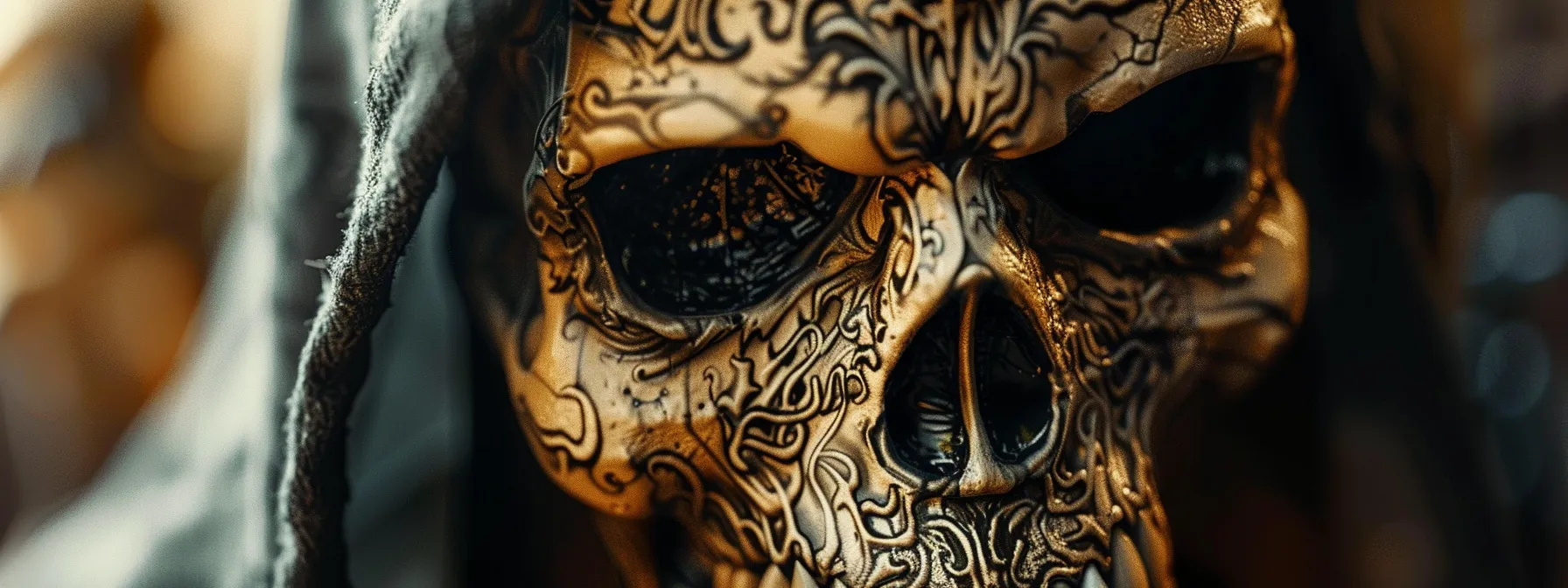
This section addresses common misconceptions about Grim Reaper tattoos, exploring whether they symbolize negativity. It examines cultural considerations and respect when choosing this design. The discussion aims to help individuals make informed decisions about getting a Grim Reaper tattoo, considering its symbolism and personal significance.
Is the Grim Reaper a Negative Symbol?
The Grim Reaper symbol, while often associated with death, is not inherently negative. Many individuals view it as a representation of life’s natural cycle and a reminder to live fully. In tattoo art, the Grim Reaper can symbolize acceptance of mortality, personal transformation, or protection. Its interpretation varies based on cultural background and personal beliefs, highlighting the complexity of this enduring symbol.
Cultural Respect and Considerations
When considering a Grim Reaper tattoo, individuals should be aware of cultural sensitivities and diverse interpretations of death symbolism. Some cultures view such imagery as disrespectful or taboo, while others embrace it as a natural part of life. Tattoo enthusiasts should research the cultural implications of their chosen design and consult with their artist to ensure the tattoo respects various cultural perspectives while still conveying personal meaning.
Making an Informed Choice About Your Tattoo
Making an informed choice about a Grim Reaper tattoo involves thorough research and personal reflection. Individuals should consider the design’s long-term implications, potential cultural sensitivities, and personal significance. Consulting with experienced tattoo artists can provide valuable insights into design options and placement considerations, ensuring the final tattoo aligns with the wearer’s intentions and values.
Conclusion
Grim Reaper tattoos embody complex symbolism, representing mortality, personal transformation, and life’s fragility. These designs, rooted in diverse cultural interpretations of death, offer wearers a profound means of self-expression and reflection on life’s transient nature. By carefully considering design elements, placement, and cultural sensitivities, individuals can create deeply meaningful tattoos that resonate with their personal philosophies and experiences. Ultimately, Grim Reaper tattoos serve as powerful reminders to embrace life fully, confront fears, and find beauty in the inevitable cycle of existence.



